private precincts, public networks:
BAU226 Pudong Yangjing
Pudong Yangjing District, Shanghai City, China
Discipline
PlanningTypology
Urban design, urban planningCity
Pudong Yangjing District, Shanghai City, ChinaDate
2005Status
Competition entry. First prize. Construction/concept implementation pendingClient
Pudong Lujiazui District Management OfficeProgram
New district center designAs a consequence of Shanghai’s transformation from an industrial city into a service city, most factories of Yangjing, a district of Pudong, have been demolished and a blanket zone of residential land use has been put into place. With the redevelopment almost completed the local authority has realised that the district has many shortcomings, most of them relating to social issues: lack of white collar work places, lack of facilities for the aged, lack of housing choices, lack of cultural facilities, lack of local retail centres, lack of entertainment and leisure facilities, and lack of visible historical dimensions. The local authority proposed to fill this gap by a newly created district centre. However, with a cultural tendency to enclave developments, combined with the government’s hands-off approach and demand for speedy development, quality public space and public activity are notoriously difficult to achieve. How can a social centre allow aggressive private development AND guarantee space suitable for the emergence of lively public activity?
By organising the site into two distinct realms, private plots and public networks, a degree of certainty can be established to ensure the public realm is not compromised by private interests. The public networks of parkland, recreation, and small-scale cultural and commercial buildings extends across the entire site, creating a continuous public zone. The private plots bordering the public network generate, at best, an interactive border along the public network. At worst the private plots become insulated enclaves, yet without destroying the connectivity of the public realm.
By mixing the public network’s functions with living, sports, public services, retail, market, and hospitality, the local residents can potentially regrow some of the complex urban ecology and functional density which has recently disappeared from the site. By creating a fabric of small-scale buildings we enable a high number of private ownerships and provide flexibility for these programs to reflect the emerging culture.
The public network creates legible short-cuts through the site and connects to the surrounding district. The new district centre which was initially divided by a public road is connected by lowering the ground under the bisecting road allowing pedestrian circulation under the road. By lowering the ground, the public network connects to the subway entry level. By situating the culture centre, the only government project within the site, over the subway entrance the potential for accessibility and activity is maximised.
Around the one restored heritage building several industrial buildings are kept as locations for both high and alternative cultural programs. In so doing a broader cultural precinct can be created on the site.
- Infrastructure
- Public
- Residential
- Healthcare
- Education
- Culture
- Office
- Retail
- Hotel
- Hospitality
- Mixed Use
- Sports
- Planning
- Urban Design
- Public Landscapes
- Private Landscapes
- Playgrounds
- Structures & Pavillions
- Residential
- Healthcare
- Education
- Culture
- Office
- Retail
- Hotel
- Hospitality
- 2023
- 2024
- 2021
- 2020
- 2019
- 2018
- 2017
- 2016
- 2015
- 2014
- 2013
- 2012
- 2011
- 2005-2010
- 2000-2005
- 1990-2000




























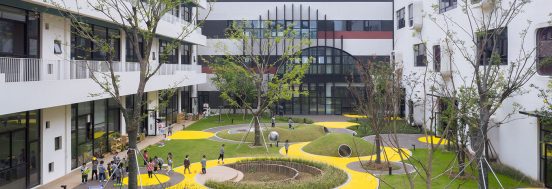











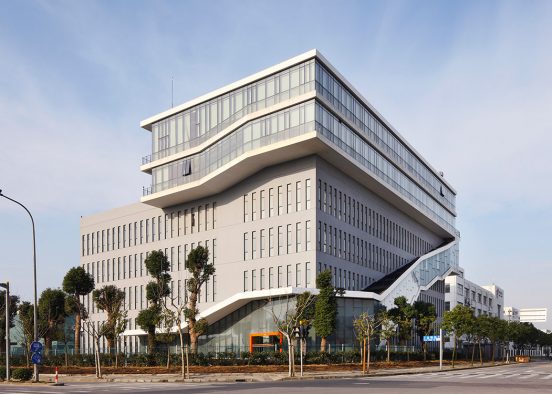


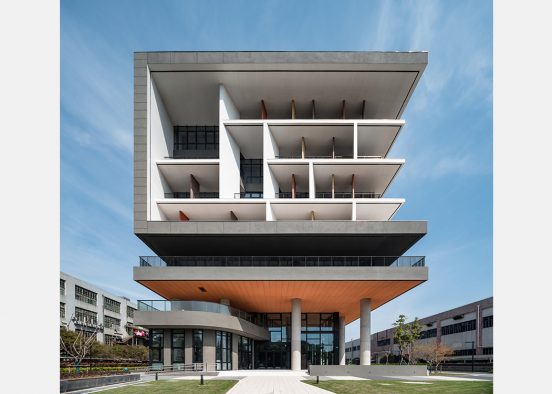


















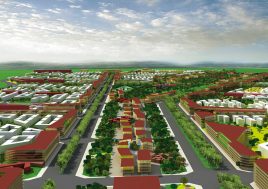





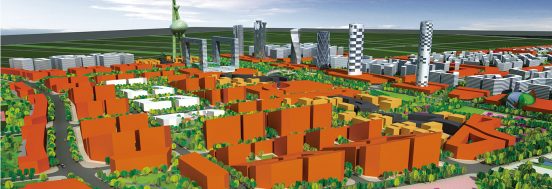







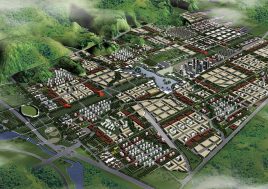










































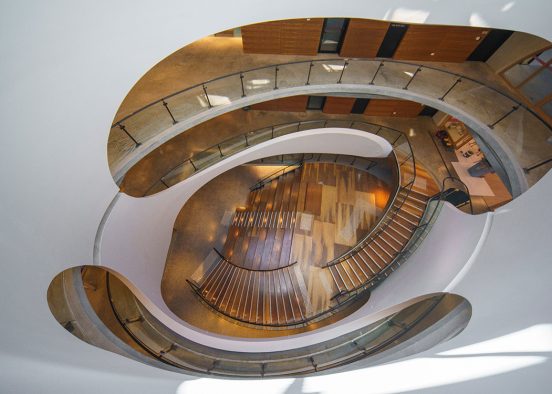










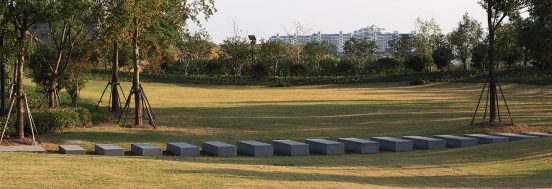
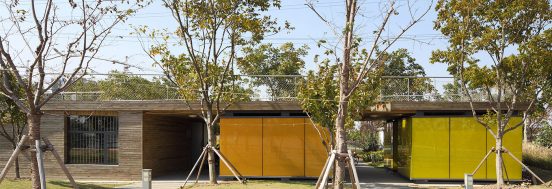


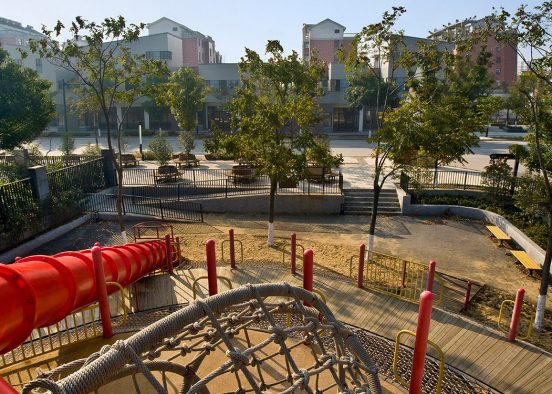













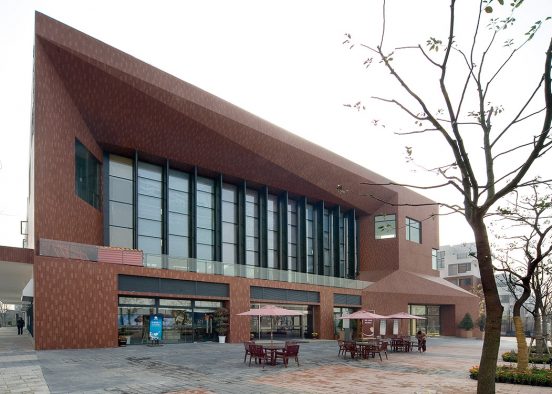
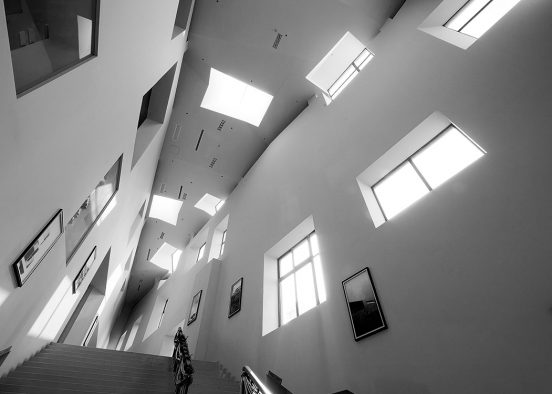
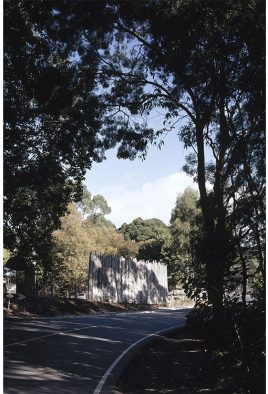
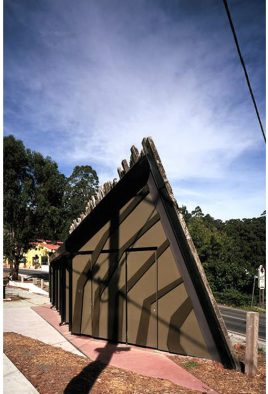













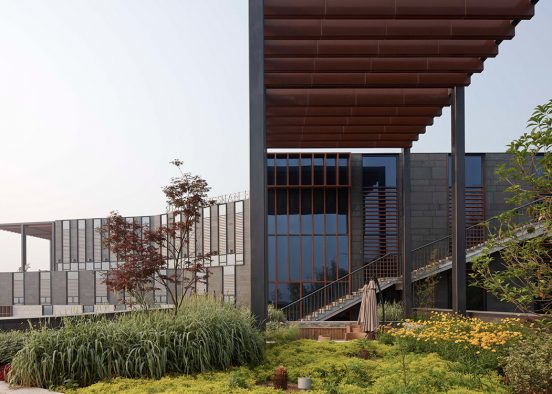








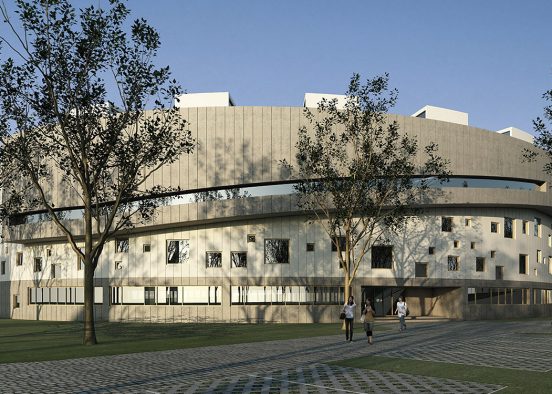







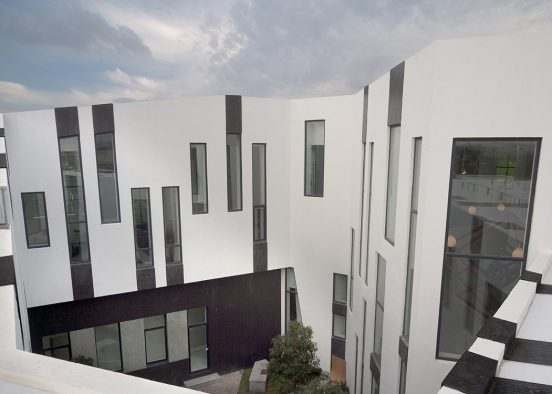








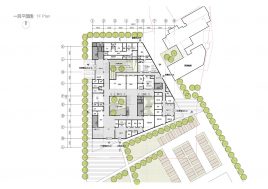


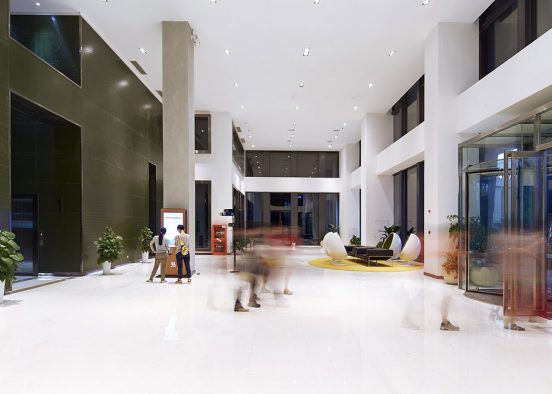

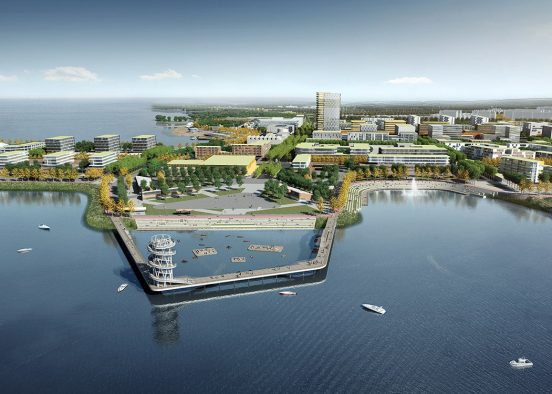





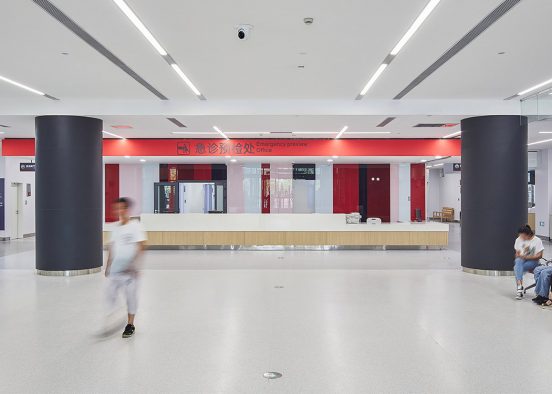




















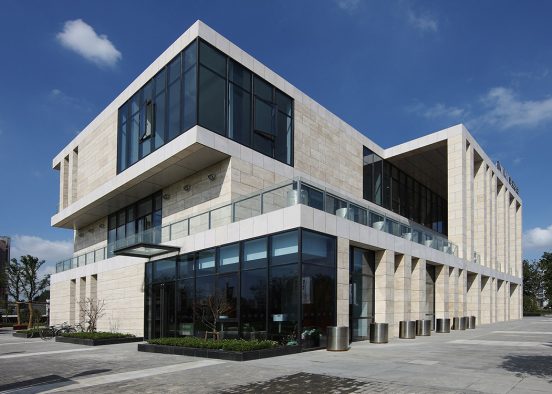










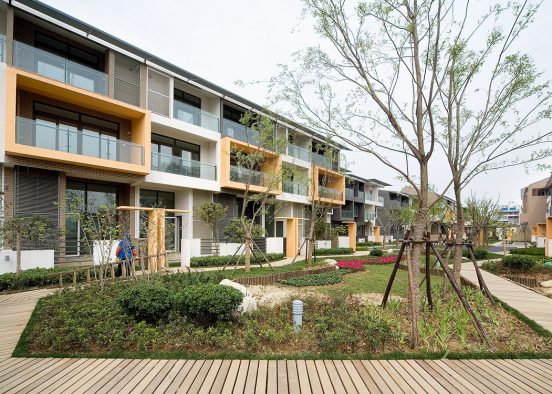
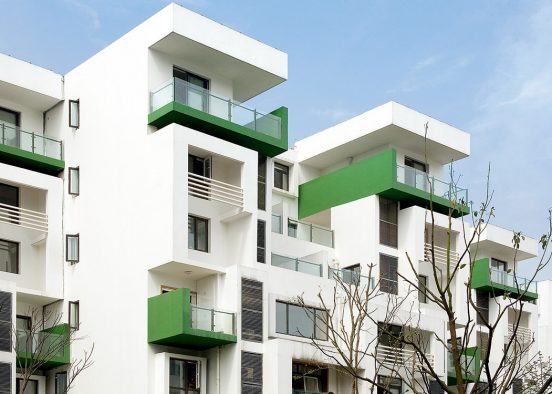









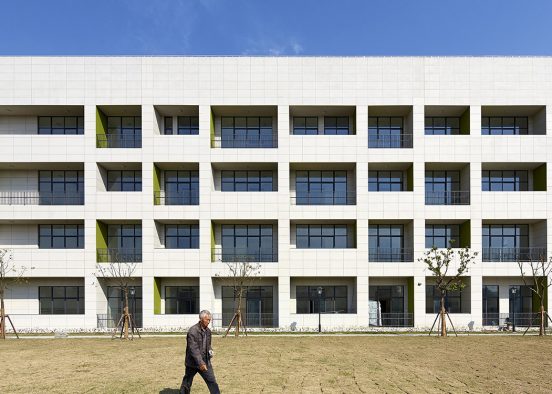
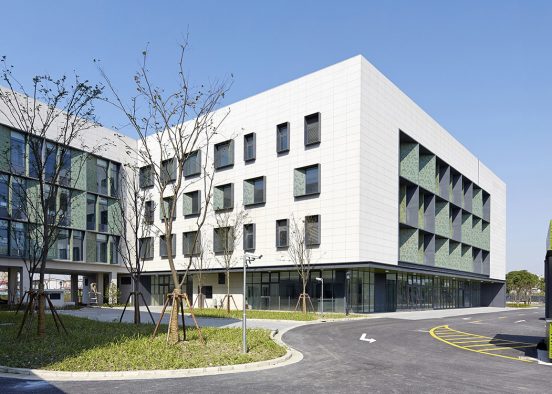


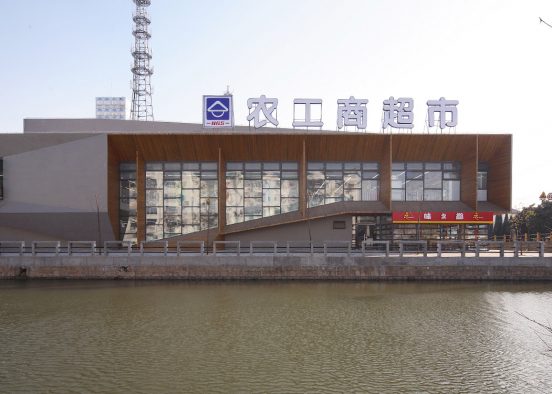
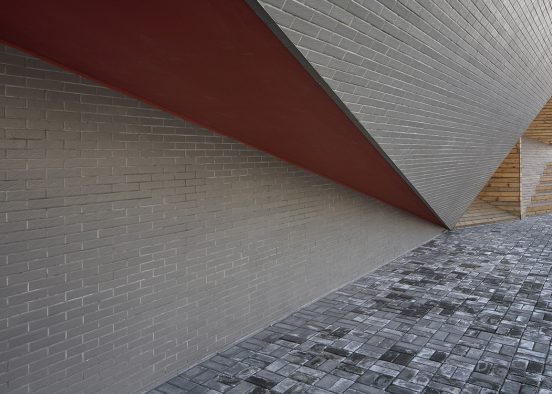

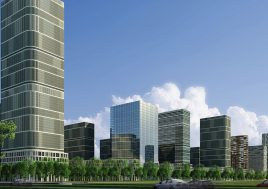



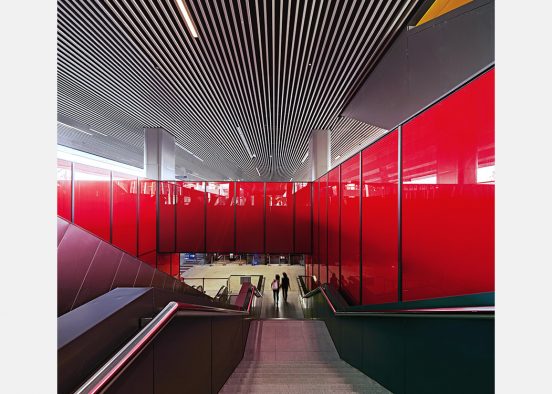


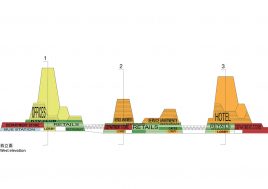







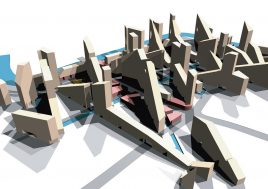



















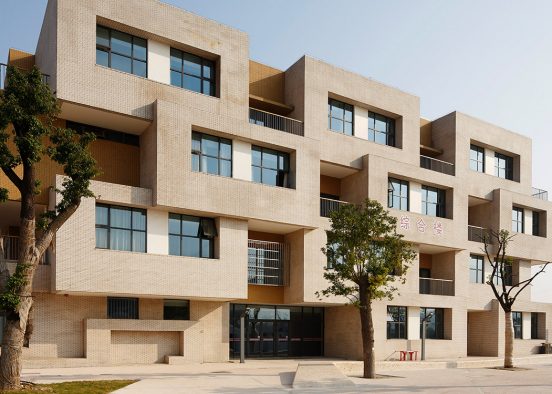



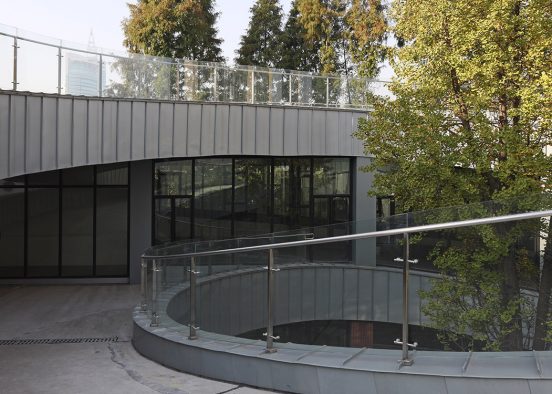
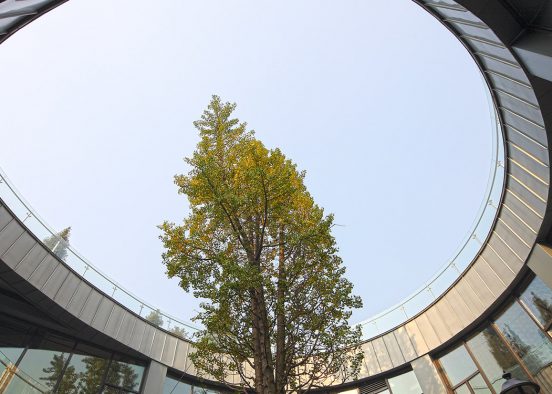



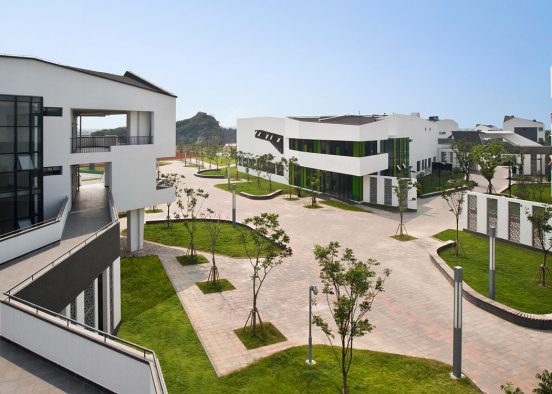




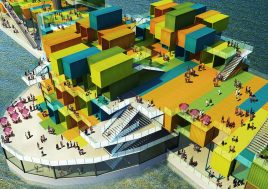












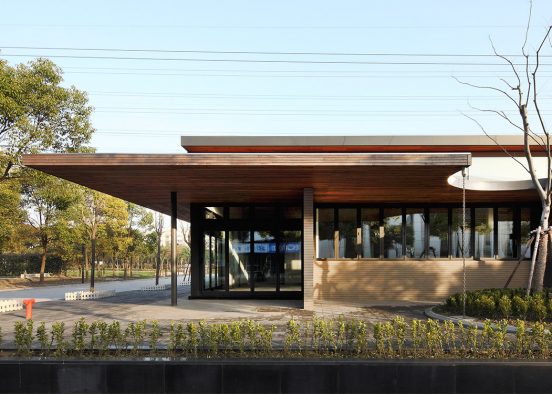








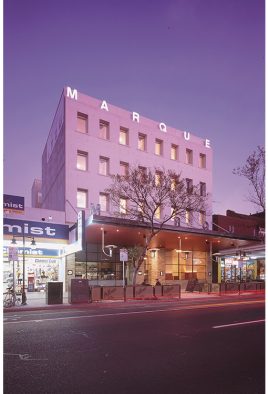














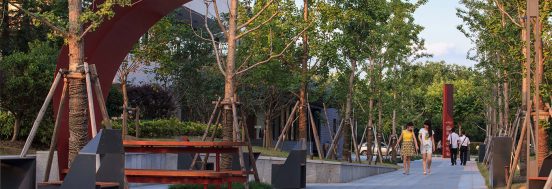

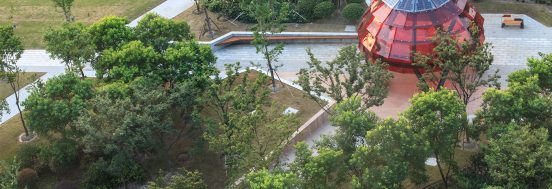

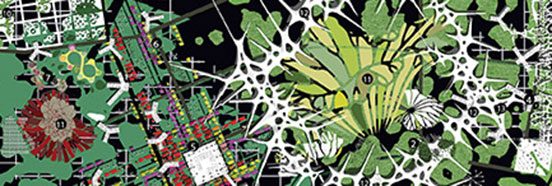













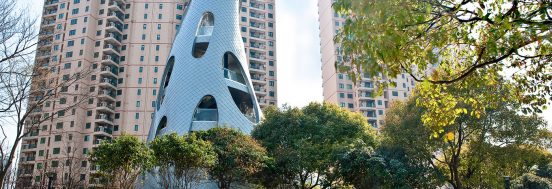
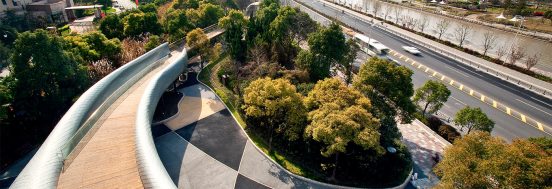




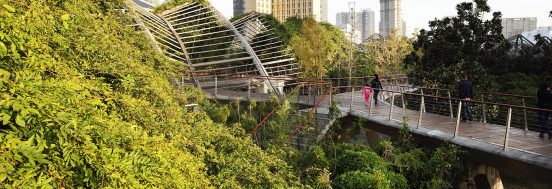
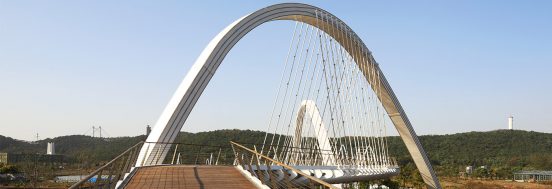
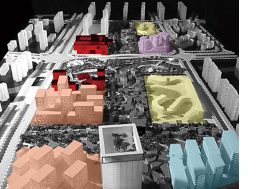

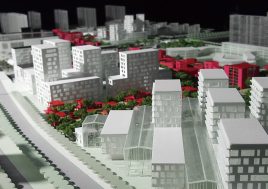






 Back to projects
Back to projects
